 2001 Hyundai Elantra III Dimensions, Size & Specs
2001 Hyundai Elantra III Dimensions, Size & SpecsMeasurements of the 2001 Hyundai Elantra III, engineered for optimal performance and comfort
| Dimensions | |
|---|---|
| Length: | 4495 mm177.0 in14.7 ft |
| Width: | 1720 mm67.7 in5.6 ft |
| Height: | 1425 mm56.1 in4.7 ft |
| Trunk Capacity: | 415 liter14.7 cu ft |
| Trunk Capacity (Max): | 1222 liter43.2 cu ft |
| Weight Specifications | |
| Curb Weight: | 1253-1418 kg2762-3126 lbs |
| Maximal permitted Weight: | 1740-1880 kg3836-4145 lbs |
| Tire Specifications | |
| Rims Size: |
|
| Tire Sizes: |
|
The Hyundai Elantra III marks the third generation of this popular compact sedan, produced from 2000 to 2006, with model years starting in 2001. This generation features a well-balanced and practical design ideal for everyday use. Measuring 4495 mm (176.8 inches) in length, 1720 mm (67.7 inches) in width, and 1425 mm (56.1 inches) in height, the Elantra III offers a spacious yet compact footprint making it suitable for urban driving and easy parking.
The curb weight ranges between 1253 and 1418 kilograms (2764 to 3126 pounds), contributing to efficient fuel economy and nimble handling. The maximum permissible weight varies from 1740 to 1880 kilograms (3836 to 4145 pounds), accommodating passengers and cargo comfortably. Inside, the sedan provides a generous luggage capacity of 415 liters (14.6 cubic feet), which can be expanded up to 1222 liters (43.1 cubic feet) when the rear seats are folded down, making it versatile for carrying larger items or luggage.
Equipped with 15-inch rims, the Hyundai Elantra III runs on tires sized either 185/65 R15 or 195/60 R15, balancing ride comfort and road grip. This generation represents a reliable, practical, and moderately sized sedan choice that fits well in both city and suburban environments, appealing to drivers looking for comfortable daily transportation with a respectable cargo area. Its dimensions and weight class establish it firmly within the compact sedan segment, offering an excellent combination of space, efficiency, and maneuverability.
Discover the standout features that make the 2001 Hyundai Elantra III a leader in its class
Have a question? Please check our knowledgebase first.
The Hyundai Elantra III, produced from 2000 to 2006, measures 4495 mm (176.8 inches) in length, 1720 mm (67.7 inches) in width, and 1425 mm (56.1 inches) in height. These dimensions place it solidly within the compact sedan category, offering a balanced size that is easy to maneuver in urban settings while providing adequate interior space.
The curb weight of the Hyundai Elantra III ranges from 1253 kg to 1418 kg (2764 to 3126 pounds), depending on the trim and equipment. This weight allows the sedan to maintain a good balance between fuel efficiency and stability on the road. A lighter vehicle typically consumes less fuel and offers more agile handling, while the upper range weights provide enhanced stability and safety with added features.
The Hyundai Elantra III provides a luggage capacity of 415 liters (14.6 cubic feet) with the rear seats up, which is generous for a compact sedan and suitable for everyday use such as grocery shopping and luggage for small groups. When the rear seats are folded down, the luggage capacity expands significantly to 1222 liters (43.1 cubic feet), offering flexibility for transporting larger items or more cargo during travel or moving.
Yes, the Hyundai Elantra III comfortably fits into a standard garage. Standard garage widths typically range from 2440 mm (96 inches) to 3050 mm (120 inches), and standard depths range from 4880 mm (192 inches) to 6100 mm (240 inches). With a width of 1720 mm (67.7 inches) and a length of 4495 mm (176.8 inches), this vehicle fits easily within those dimensions, allowing for adequate clearance to open doors and move around the car in the garage.
The Hyundai Elantra III is equipped with 15-inch rims as standard. Tire sizes typically include 185/65 R15 or 195/60 R15, which provide a comfortable ride quality balanced with good road grip and fuel efficiency. The choice between these tire sizes might depend on the trim level or specific market requirements, but both options complement the vehicle’s dimensions and weight.
At 1720 mm (67.7 inches) wide, the Hyundai Elantra III is within the typical width range for compact sedans produced in the early 2000s. Cars like the Toyota Corolla and Honda Civic from that era feature widths around 1700-1750 mm. This width offers a good balance between interior space and exterior maneuverability, making it competitive in its class for tight city parking and highway stability.
The Hyundai Elantra III, launched in 2000, is larger and more refined than its predecessor, the Elantra II. The III generation’s length of 4495 mm surpasses the II’s roughly 4410 mm, providing more cabin and trunk space. Additionally, the Elantra III introduced modernized styling, enhanced safety features, and improved ride comfort. Overall, it marked a clear evolutionary step forward in terms of size, design, and technology.
With a height of 1425 mm (56.1 inches), the Hyundai Elantra III is fairly typical for compact sedans of its time. For comparison, competitor models such as the Honda Civic and Toyota Corolla had heights in the range of about 1400 to 1450 mm. This moderate height contributes to a lower center of gravity, enhancing driving stability and aerodynamics without compromising interior headroom significantly.
The maximum weight (gross vehicle weight rating) of the Hyundai Elantra III ranges between 1740 kg and 1880 kg (3836 to 4145 pounds), depending on the variant. This rating includes the weight of the vehicle itself plus passengers, cargo, and fuel. It indicates a robust build capable of safely carrying a full load of passengers and luggage. Considering its curb weight of up to 1418 kg, the payload capacity is approximately 322 to 627 kg, suitable for a typical compact sedan.
The Hyundai Elantra III competes well against similar compact sedans like the Honda Civic, Toyota Corolla, and Ford Focus from the early 2000s. Its length (4495 mm) and width (1720 mm) place it squarely in the compact segment. With 415 liters of trunk space expandable to 1222 liters when folding the rear seats, it offers good practicality for daily needs. Its modest curb weight enhances fuel efficiency, while standard 15-inch wheels balance comfort and handling. Compared to its rivals, the Elantra III is a well-rounded option with competitive size, interior space, and cargo capacity.
Discover similar sized cars.
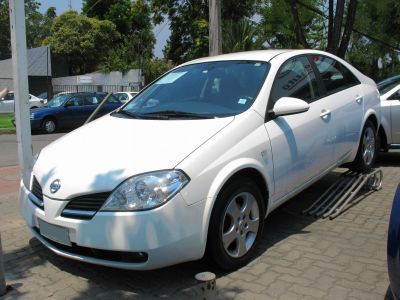
| Production: | 2002-2007 |
|---|---|
| Model Year: | 2002 |
| Length: | 4567 mm179.8 in |
| Width: | 1760 mm69.3 in |
| Height: | 1480 mm58.3 in |

| Production: | 2006-2010 |
|---|---|
| Model Year: | 2006 |
| Length: | 4510 mm177.6 in |
| Width: | 1710 mm67.3 in |
| Height: | 1440 mm56.7 in |
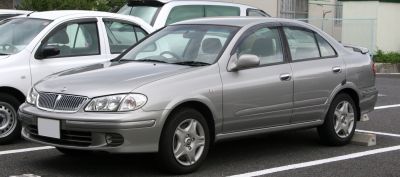
| Production: | 2000-2005 |
|---|---|
| Model Year: | 2000 |
| Length: | 4470-4495 mm176.0-177.0 in |
| Width: | 1695 mm66.7 in |
| Height: | 1445-1475 mm56.9-58.1 in |
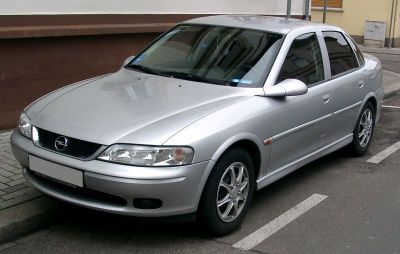
| Production: | 1999-2002 |
|---|---|
| Model Year: | 1999 |
| Length: | 4495 mm177.0 in |
| Width: | 1841 mm72.5 in |
| Height: | 1425 mm56.1 in |
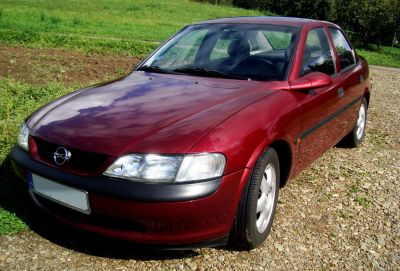
| Production: | 1995-1998 |
|---|---|
| Model Year: | 1996 |
| Length: | 4495 mm177.0 in |
| Width: | 1841 mm72.5 in |
| Height: | 1425 mm56.1 in |
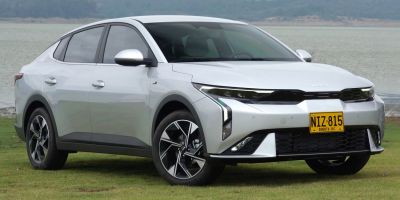
| Production: | 2023-present |
|---|---|
| Model Year: | 2024 |
| Length: | 4545 mm178.9 in |
| Width: | 1765 mm69.5 in |
| Height: | 1475 mm58.1 in |
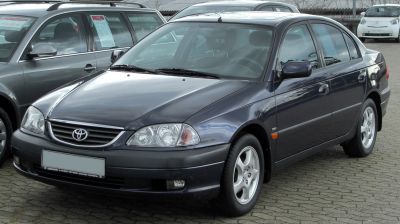
| Production: | 1997-2003 |
|---|---|
| Model Year: | 1997 |
| Length: | 4490-4520 mm176.8-178.0 in |
| Width: | 1710 mm67.3 in |
| Height: | 1425 mm56.1 in |
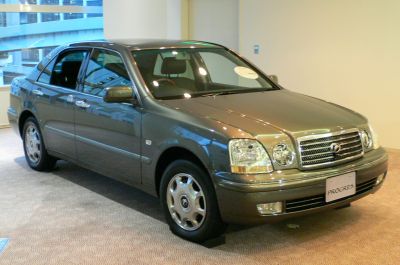
| Production: | 1998-2007 |
|---|---|
| Model Year: | 1998 |
| Length: | 4510 mm177.6 in |
| Width: | 1700 mm66.9 in |
| Height: | 1435 mm56.5 in |
